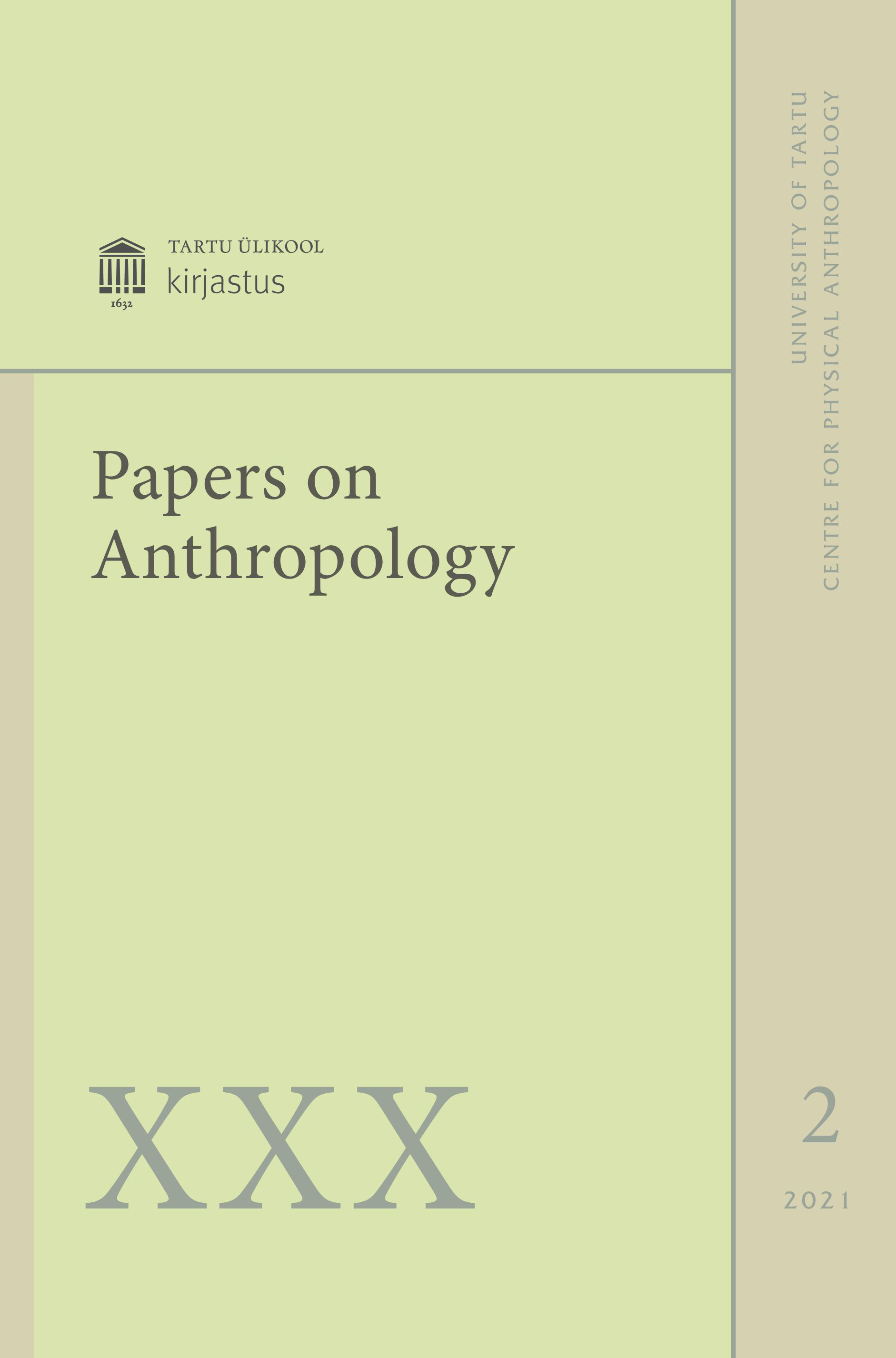Peer relations linking overweight and obesity, and mediator factors among Turkish adolescents
DOI:
https://doi.org/10.12697/poa.2021.30.2.05Keywords:
Peer Relationship, BMI, obesity, mediation analyses, adolescence, TurkeyAbstract
Depending on the individual’s body height and frame structure and body weight, obesity is considered both as a socially accepted norm in a society and as exceeding the accepted upper limits. The present study aimed to determine the associations between overweight and obesity, peer relationships, and nutritional and physical activity behaviour among Turkish adolescents. A cross-sectional study was conducted in Ankara, and the sample consisted of 402 adolescents (171 boys and 231 girls) aged between 12 and 17 years. A physical examination was conducted to collect anthropometric measurements (height, weight, BMI, and body fat using bio-impedance analysis), and detailed information was collected on adolescents’ behaviour (Peer Relationship Scale with four sub-scales of commitment, trust and identification, self-disclosure, and loyalty), diet (24h recall dietary questionnaire), physical activity, self-reported weight, parental attitudes, and socio-economic circumstances. BMI was evaluated using IOTF cut-off points, and simple mediation analyses were performed using ordinary least squares path analysis by the PROCESS macro for SPSS. The results showed that according to the weight status by BMI using IOTF cut-offs, thinness was more prominent in girls (9.5%), overweight was higher in girls (19%), while obesity was higher in boys (8.8%). Total body fat percentage was found to be higher in girls in all weight groups (p < 0.001). The Peer Relationship Scale and, commitment, self-disclosure, and loyalty sub-scales were found to be statistically significant (p < 0.001); girls tend to have higher scores except for the loyalty sub- scale. According to the results, self-reported and actual weight differences were found to be significant in both sexes (p < 0.001), and among IOTF weight groups overweight girls tended to report their weight approximately 2 kg lower than their actual weight and obese girls more than 5 kg lower. In conclusion, the mediation analysis showed that fat percentage, self-reported weight difference, and BMI were significant predictors of Peer Relationship Score where fat percentage partially mediated the relationship between the Peer Relationship Scale and BMI, and full mediation effect of self-reported weight difference was also significant. The relation of the high level of fat accumulation and overweight/obesity with Peer Relationship Scores and its sub-domains should be carefully monitored.

